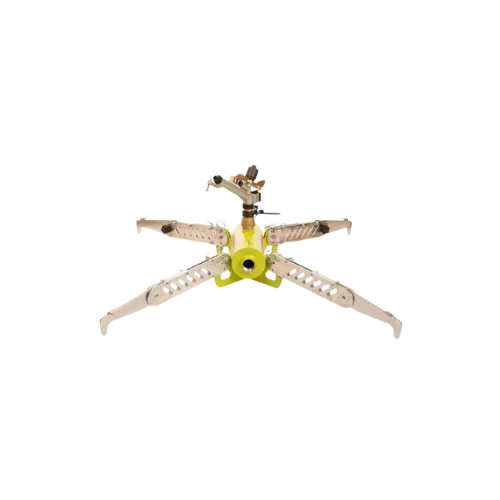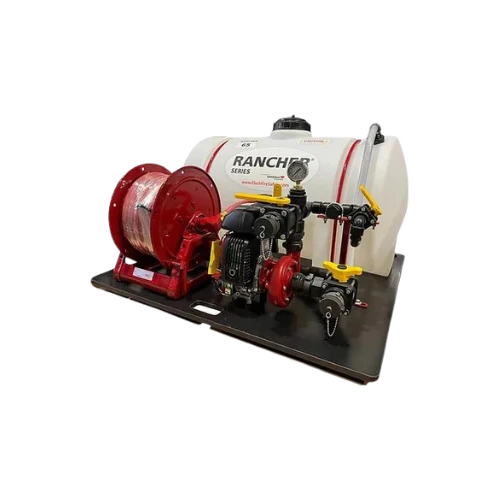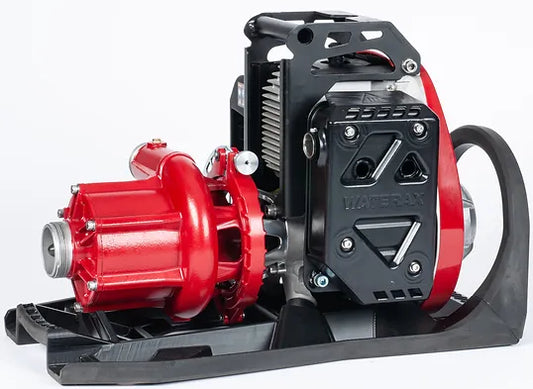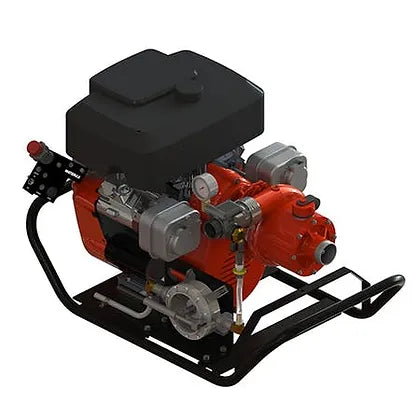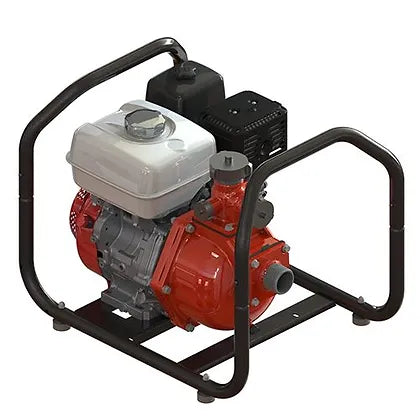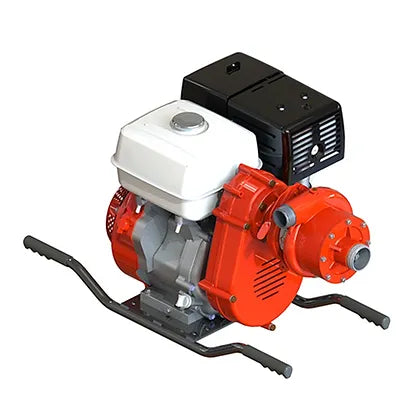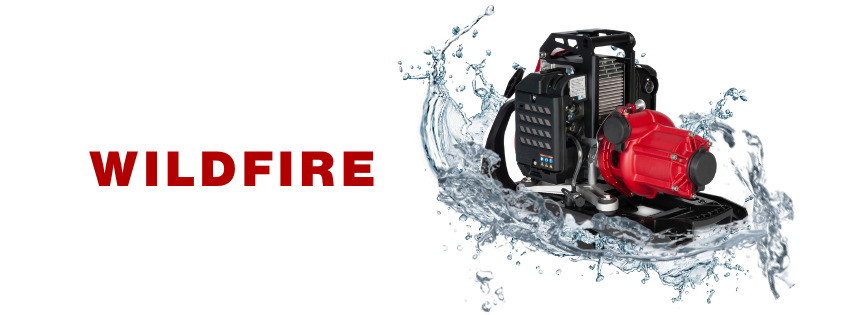
SHOP BY CATEGORY
-
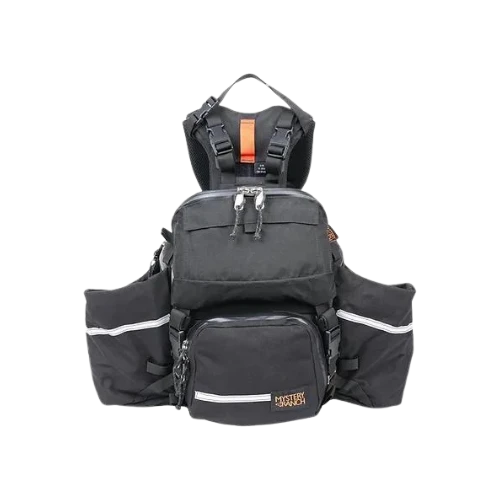
MYSTERY RANCH
MYSTERY RANCH builds the best load-bearing equipment in the world. We build...
-
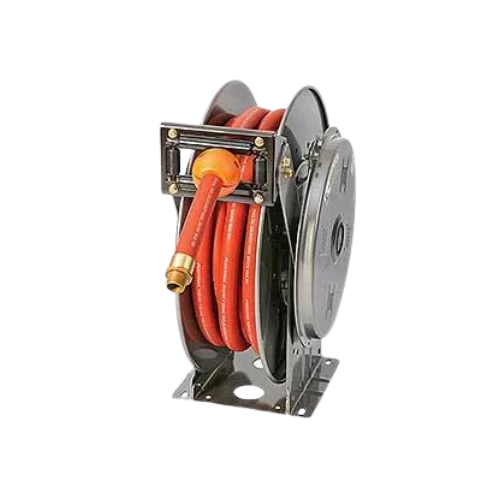
HANNAY REELS INC.
Hannay Reels is the leading manufacturer of durable hose and cable reels...
ABOUT US
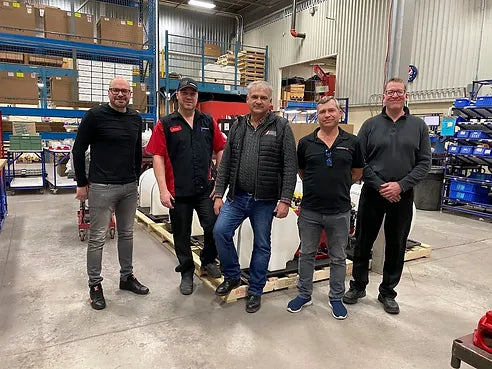
We are dedicated to providing accessible wildfire safety solutions for everyone. Our mission is to equip individuals and communities with the tools and knowledge needed to protect against the devastating impact of wildfires. With a focus on affordability and reliability, we strive to empower all to safeguard their homes and loved ones from this ever-present threat.
OUR COMMITMENT TO YOU.
-

QUALITY ASSURANCE
Rigorously tested and certified wildfire safety equipment to ensure optimal performance and reliability when you need it most.
-

EXPERT GUIDANCE
Accessible resources and expert advice to assist you in making informed decisions about protecting your property and loved ones from wildfires.
-

COMMUNITY SUPPORT
Dedicated to fostering a community of resilience by providing affordable solutions for wildfire preparedness and response.
CUSTOM BUILT APPARATUS
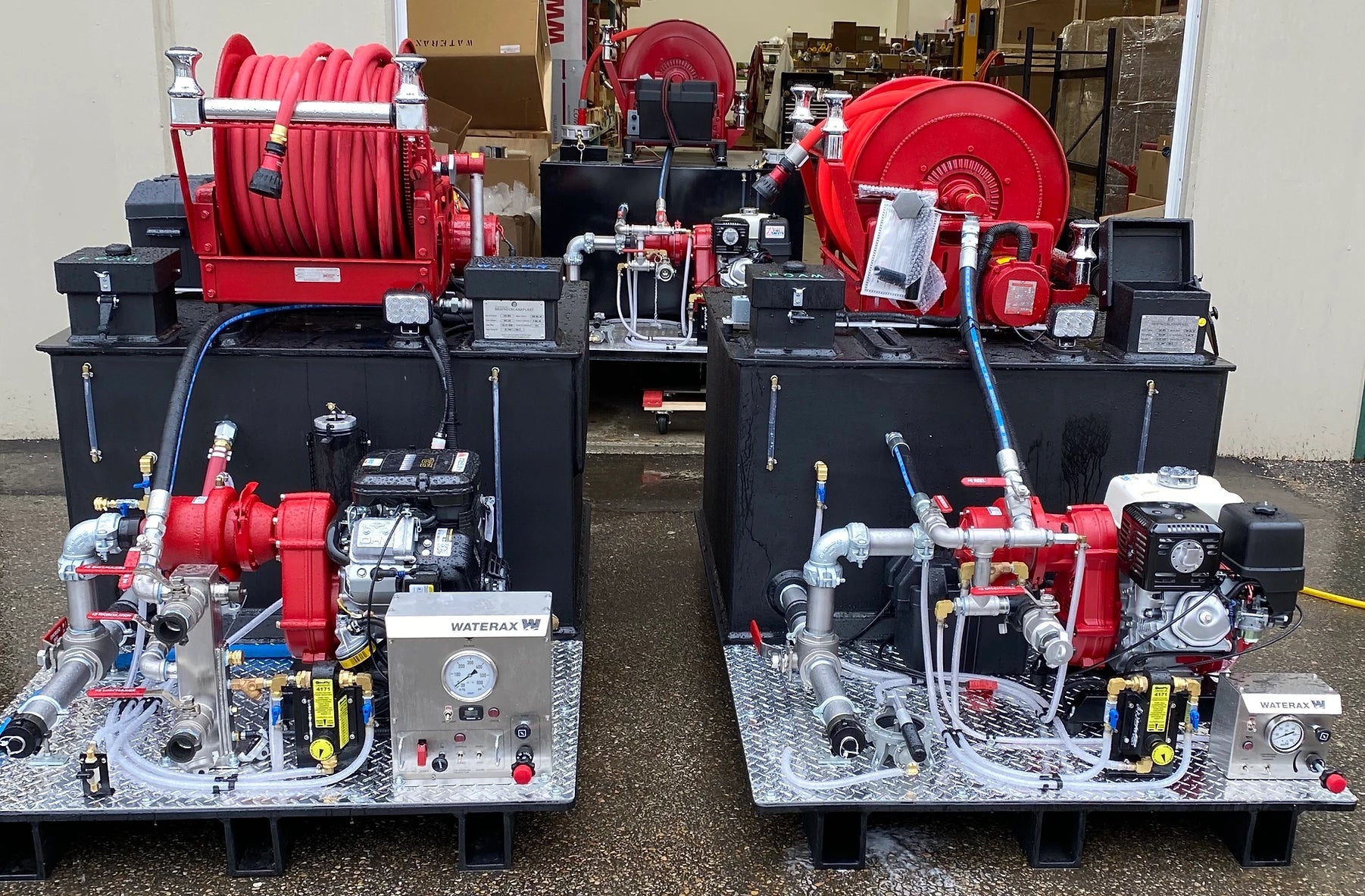
Skid Decks
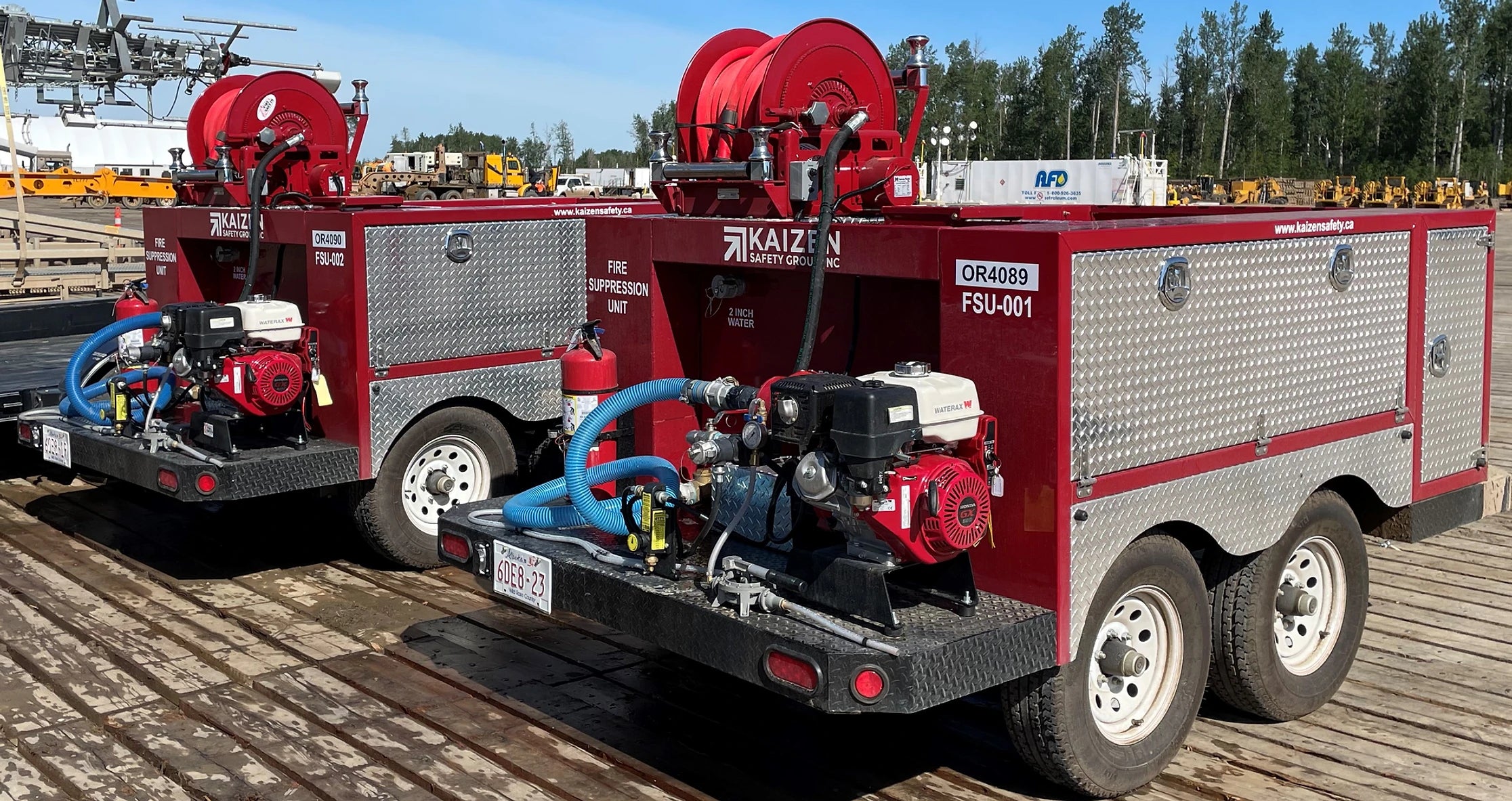
Trailer Units
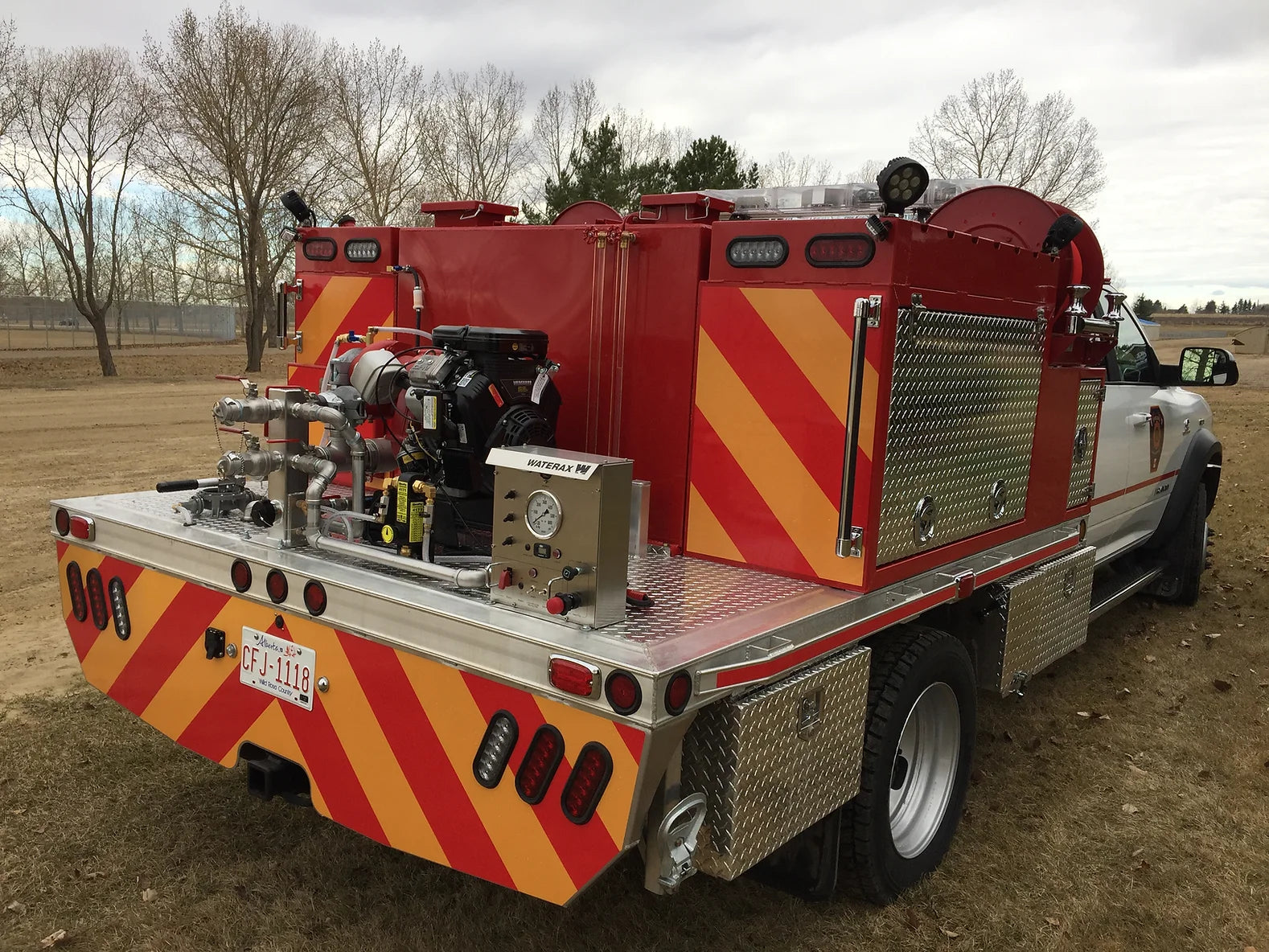
Stirling Bush Truck with B2X pump - Dual electric rewind -custom metal cabinet storage
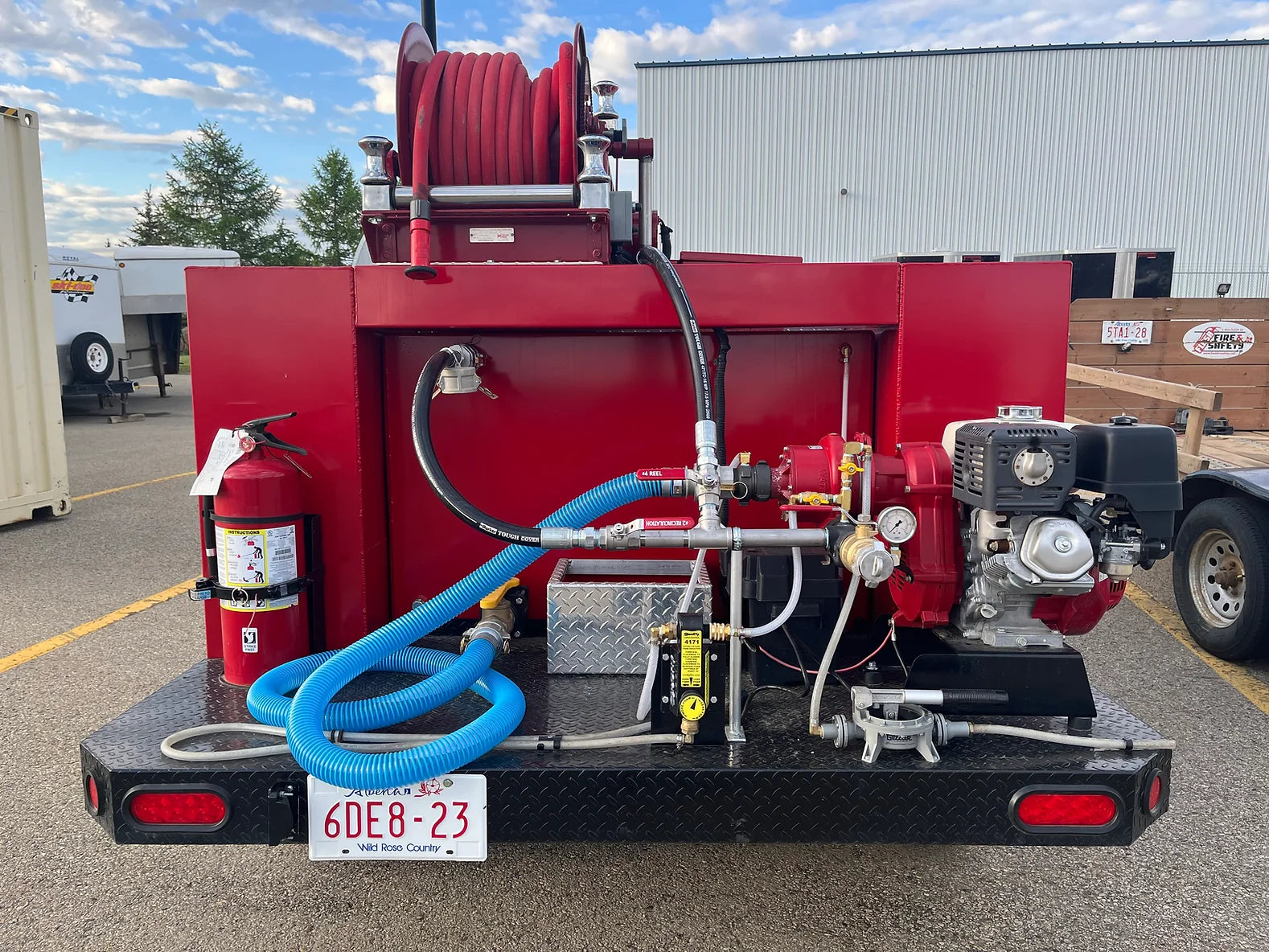
Trailer Unit
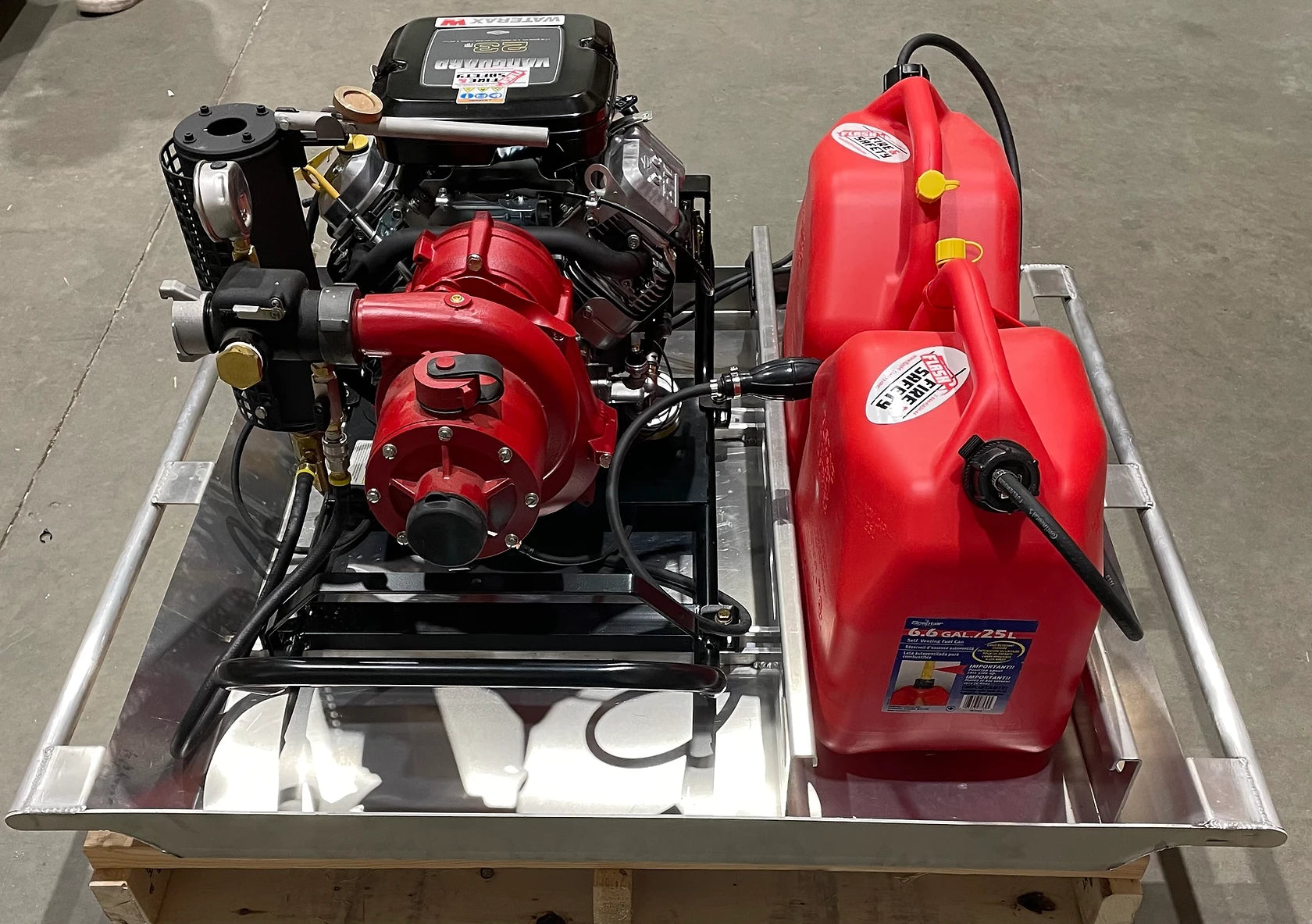
Aluminum Skid
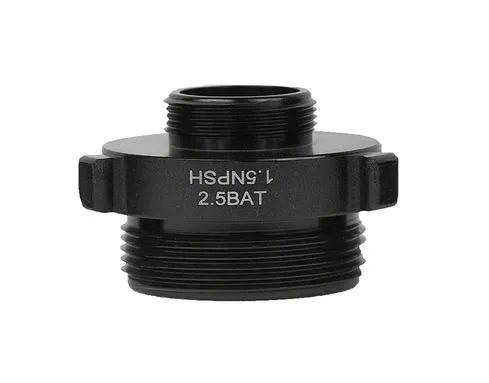
Finding the right thread size
THREADS
Measuring pipe thread size to find the right thread type can be confusing. Thread dimensions are considered a nominal size and don’t match standard units of measurement. Using the proper pipe thread type is crucial for maintaining and installing equipment, so helping you determine what pipe thread you need is important to us. This page is set up to help you understand the different types of threads used and to identify the threading you need.
SHOP OUR BESTSELLERS
-
MARK-3 WATSON EDITION HIGH-PRESS FIRE PUMP
Regular price $9,525.00 CADRegular priceUnit price / per -
BB-4-23PC HIGH-PRESS BB-4® FIRE PUMP 4-STG, B&S23
Regular price $9,295.00 CADRegular priceUnit price / per -
VS2-9W VERSAX® | SELF-PRIMING PUMP | 2-STG HONDA GX270
Regular price $3,295.00 CADRegular priceUnit price / per -
STRIKER STR3-13S ULTRASNOW PUMP 3-STG GX390
Regular price $5,895.00 CADRegular priceUnit price / per
